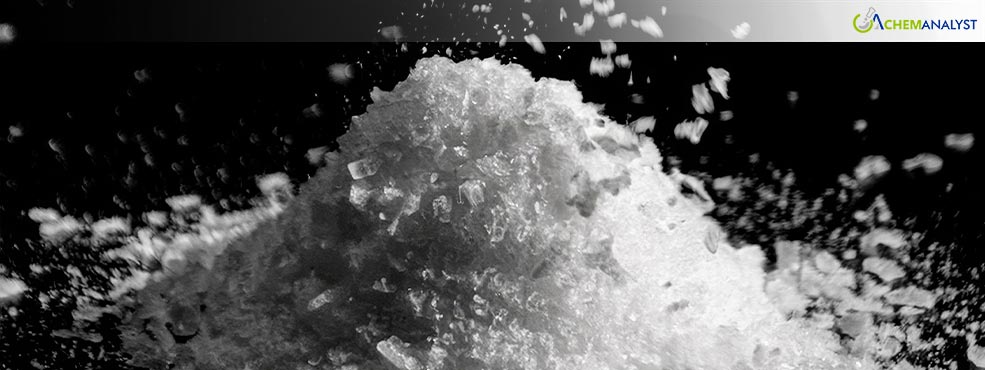European PVA Market Faces Continued Pressure Amid Stable Supply and Weak Demand
- 24-Feb-2025 8:45 PM
- Journalist: Francis Stokes
The European Polyvinyl Alcohol (PVA) market witnessed a notable decline in prices during the first half of February 2025, driven by an abundant supply and persistent weakness in downstream demand. Despite steady import volumes satisfying market needs, the downward trend in feedstock vinyl acetate monomer (VAM) prices and stable methanol costs kept production expenses low, further pressuring PVA pricing. Declining freight rates from North America enhanced the competitiveness of imports; however, to mitigate excessive price drops, shipping lines implemented capacity control measures, including blank sailings.
European PVA manufacturers maintained consistent output levels to meet existing contracts, ensuring there were no significant supply shortages. However, downstream demand from industries such as paints, coatings, and light cement production remained sluggish, with market inquiries showing minimal improvement. Germany, the largest consumer of PVA in Europe, continued to face challenges in its construction sector. High borrowing costs, stringent regulations, and labour shortages further suppressed demand for PVA in construction-related applications. With Germany’s construction sector projected to contract in 2025 and residential building permits plunging in 2024, consumption of PVA for adhesives and coatings in this market has been notably affected.
Elsewhere in Europe, France also experienced declining construction activity, albeit at a slower pace compared to Germany. Demand for PVA in the French market remained soft, weighed down by reduced industrial activities and cautious procurement behaviour from downstream sectors. In contrast, Italy showed modest growth for the second consecutive month, with a slight uptick in construction projects supporting localized demand for PVA. Nonetheless, the overall European market sentiment surrounding PVA remained cautious, given the ongoing economic uncertainties and lack of substantial demand revival.
Germany’s construction sector, a key consumer of PVA, continued to grapple with challenges despite a slower pace of decline. Output in early 2025 decreased, but at the mildest rate seen in nearly two years, offering limited optimism. However, new orders in Germany saw the sharpest drop since mid-2024, reflecting a sustained weakness in both residential and commercial construction. The declining demand for PVA in Germany’s coatings and adhesives segments, crucial for construction and renovation projects, further underscores the market’s struggles. Additionally, German firms reported lengthened supplier delivery times, impacting the timely procurement of PVA and raw materials.
As per the ChemAnalyst, the PVA market is expected to remain under pressure in the coming weeks. Stable feedstock costs and sufficient supply are anticipated to prevent any significant price recovery. Market participants are closely monitoring logistics developments and global supply chain trends, which could impact PVA trade flows and pricing. Demand recovery, particularly from the construction and coatings industries, will be essential for any notable turnaround in the PVA market. However, with continued economic challenges across major European economies and subdued purchasing sentiment, PVA prices are likely to stay suppressed in the near term.



